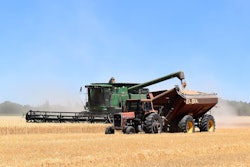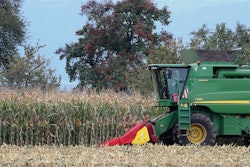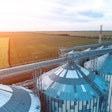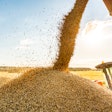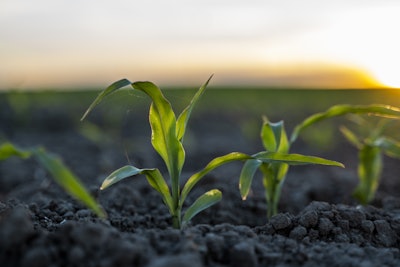
There seems to be aregenerative agriculturerevolution afoot as the conversation around sustainability shifts to include the philosophy of farming practices that not only sustain the environment, but actively improve it.
"The world is witnessing a widespread transition to regenerative agriculture," said Salar Shemirani, CEO withRegenified. "This is evident by the fact that tens of millions of acres of arable lands have been under transition to more regenerative practices."
Several corporations, includingGeneral Mills,Cargill,ADM,Ardent Millsand King Arthur Baking Co., have made commitments to source from producers using regenerative agriculture practices.
The top 5 principles of regenerative agriculture include:
- Minimize the physical, biological and chemical disturbance of the soil.
- Keep soil covered with vegetation or natural material.
- Increase plant diversity.
- Keep living roots in the soil as much as possible.
- Integrate animals into the farm as much as possible -- livestock manure adds valuable nutrients to the soil.
These principles are designed to help improve soil health and fertility, produce nutrient-dense foods, increase the land's ability to filter and retain water, naturally protect against pests, and capture substantial amounts of carbon from the air and store it in the soil.
Grain handling facilities ensure appropriate controls, segregations and treatments
What does all this mean for grain handling and processing facilities? It means as retailers and consumers requiretransparency and traceabilityfrom brands, grain handling and processing facilities will be on the front lines to ensure the appropriate levels of controls, segregations and treatments are in place.
Shemirani said there is a greater level of traceability in the regenerative ingredients supply chain due it’s smaller, but growing, volume and national and global coverage. It's important that grain handlers engage early in this transition as regenerative agriculture begins to scale up.
"For grain facilities, good management practices will include traceability and managing a process flow that will ensure purity of product," he said. "Facilities will need validation that the incoming grain meets the expectations of the end user. We remain committed to incorporate existing programs and initiatives to enable grain facilities to offer handling and processing of regenerative products, while maintaining the integrity and purity of such products throughout the supply chain."






